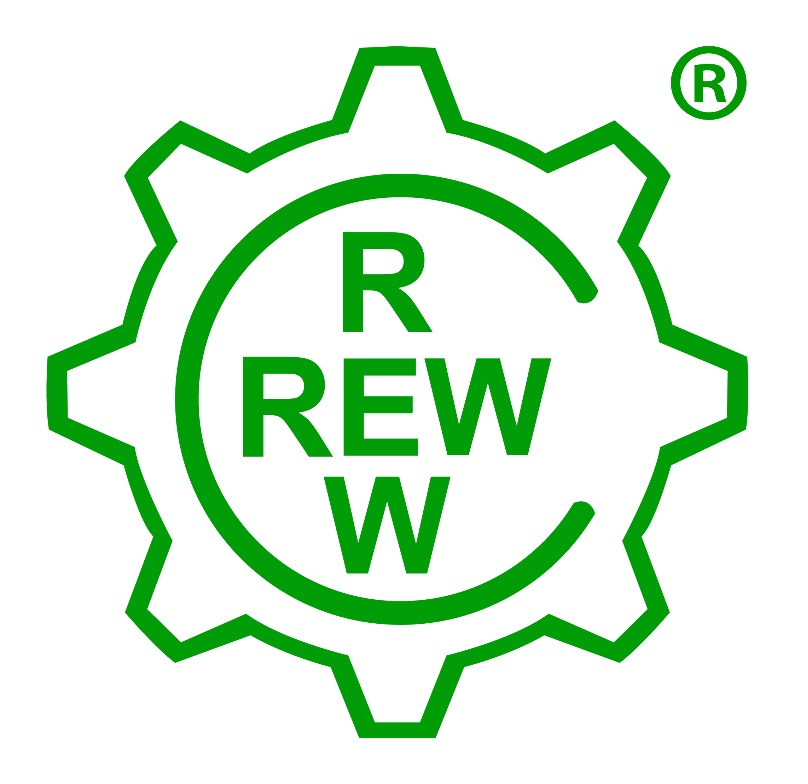Title Page
-
Date of Audit
-
Name of the Auditor 1
7.1 Resources
-
7.1.1-1 The Organization shall determine and provide the resources needed for the establishment, implementation, maintenance and continual improvement of the QMS.
-
7.1.1-2 The organization shall consider:<br>a) the capabilities of, and constraints on, <br>existing internal resources;<br>b) what needs to be obtained from external providers.
-
7.1.1.1-1 The organization shall establish, implement <br>and maintain a documented process for <br>budget planning, approval and controlling.
-
7.1.1.1-2This process shall consider:<br>a) the resources needed for people and <br>infrastructure as a minimum for execution of <br>processes (see 4.4.1 d);<br>b) the current order book and forecast;<br>c) risk provisions (1).
-
7.1.1.1-3 The organization shall retain related <br>documented information.
-
7.1.2-1 The organization shall determine and <br>provide the persons necessary for the <br>effective implementation of its quality <br>management system and for the operation <br>and control of its processes.
-
7.1.6-1 The organization shall determine the <br>knowledge necessary for the operation of its <br>processes and to achieve conformity of <br>products and services.
-
7.1.6-2 This knowledge shall be maintained and be made available to the extent necessary.
-
7.1.6-3 When addressing changing needs and <br>trends, the organization shall consider its <br>current knowledge and determine how to <br>acquire or access any necessary additional <br>knowledge and required updates.
-
7.1.6.1-1Regarding organizational knowledge, the organization shall:<br>a) manage return of experience including:1) identification, documentation, implementation and update of best practices <br>and lessons learned;2) communication of best practices and lessons learnt to relevant processes and active projects (1);b) allocate <br>responsibilities for knowledge management <br>regarding products, processes and <br>projects;c) transfer knowledge when <br>required. (2)
7.2 Competence
-
7.2-1 CompetenceThe organization shall:<br>a) determine the necessary competence of <br>person(s) doing work under its control that <br>affects the performance and effectiveness of <br>the quality management system;b) ensure <br>that these persons are competent on the <br>basis of appropriate education, training, or <br>experience;c) where applicable, take actions <br>to acquire the necessary competence, and <br>evaluate the effectiveness of the actions <br>taken;d) retain appropriate documented <br>information as evidence of competence.
-
7.2.1-1 The organization shall establish, implement <br>and maintain a documented process for <br>competence management
-
7.2.1-2 This process shall include:<br>a) requirements defined in 7.2;<br>b) identification of gap between actual and <br>necessary competencies;<br>c) the identification, planning, organization, <br>execution and monitoring of actions to <br>acquire necessary competence;<br>d) induction for temporary workers and <br>newcomers, covering as a minimum product <br>quality and safety;<br>e) input from organizational knowledge (1);<br>f) providing evidence that trainees <br>understood the training content (2) for <br>training defined by the organization.
-
7.2.1-3 The organization shall retain documented <br>information related to competence <br>management activities
7.3 Awareness
-
7.3-1 The organization shall ensure that persons <br>doing work under the organization’s control <br>are aware of:<br>a) the quality policy;<br>b) relevant quality objectives;<br>c) their contribution to the effectiveness of <br>the quality management system, including <br>the benefits of improved performance;<br>d) the implications of not conforming with <br>the quality management system <br>requirements.
-
7.3.1-1 Requirements defined in 7.3 shall apply to <br>the safety policy and objectives accordingly.
7.4 Communication
-
7.4-1 The organization shall determine the <br>internal and external communications <br>relevant to the quality management system, <br>including:<br>a) on what it will communicate;<br>b) when to communicate;<br>c) with whom to communicate;<br>d) how to communicate;<br>e) who communicates.






